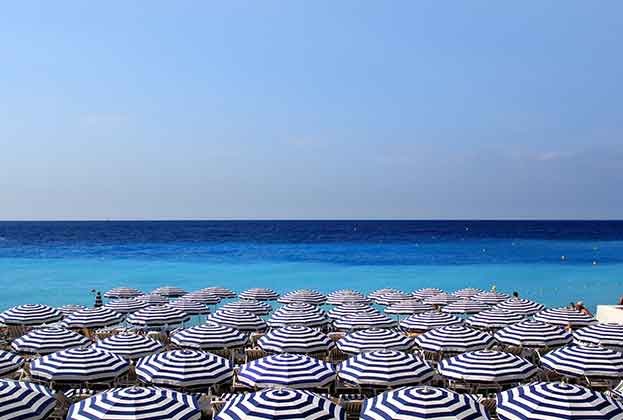For many of us, May means the RHS Chelsea Flower Show – that week of floral mania, unseasonably bad weather and warm Pimm's. The show attracts thousands of visitors every year, a small chunk of whom come looking for inspiration for their own gardens. But just how helpful can the show actually be when the gardens on display are not so much gardens as installations, floral arrangements, a spectacle? It’s not by chance that it’s called a show.
The RHS’s criteria for Chelsea gardens are many and various, each encouraging the creation of the ‘perfect’ garden, an apotheosis. They are designed to show what a garden might be, if numerous realities were swept away. And in much the same way as clothes on a catwalk model bear little relation to real life, so the show garden is unachievable in our own patches of home ground.
All of the gardens – not just those on the Main Avenue – are designed to be at their very best for a week and a week only (although many are now given a second life elsewhere). The flowering time of different plants is manipulated so that all are at their showiest at exactly the same moment. This means we see combinations otherwise impossible in the normal growing season. Planting density is about twice what it might be in a normal herbaceous border, to get the abundant, earth-less look that we all expect to see. In short, a Chelsea garden is built to be ephemeral; to be a day lily of a showstopper.
But that's not to say we can’t find inspiration or motivation from those hallowed patches of horticulture. Far from it: this is exactly and perhaps all that they should be. Sources of inspiration; a Pinterest board of ideas for your garden. It's just that attempts at exact replication should be avoided at all costs.
Last year the theme of the most successful Main Avenue gardens seemed to be a wild beauty, relying on a sense of place above all else. James Basson’s Provençal garden did this particularly well. But this evocation of a place is initially hard to replicate, the danger of pastiche hangs just around the corner. Helpful perhaps for a French retreat, if one’s lucky enough to have one, but less useful for a back garden in Zone 2.
However, the essence of this idea holds true: a garden should be sensitive to its surroundings and sit happily with the landscape. We can all achieve this fairly easily, by looking out for local features, or craftsmen still working with traditional crafts, for example. Dry stone walling, laid hedging or cleft chestnut fencing are boundary solutions that (where appropriate) can ground a garden in its surroundings, enhancing the sense of place, just as those Chelsea gardens do.
The show does offer the best place to keep an eye on trends in garden design. Go back 10 years and the look was more structured and formal, markedly different from last year’s displays, reflective of a wider shift in garden design. This year there may well be another inflection on the current trend. These moods can act as a guide within which to approach a garden, we know that sometimes it might feel difficult to know where to start.
New colour and planting combinations are perhaps the horticultural nuggets that any visitor can take away from Chelsea. Workable on all scales, from small city gardens to vast country estates, this is the easiest way to suffuse one’s own garden with an element of Chelsea fizz and sparkle.
In short, Chelsea gives us a chance to experiment in much the same way as the show designers do; to explore new ideas and try things out in an environment where reality lies just outside the door.
Further information
Contact Marcus Barnett Landscape Design
.jpg)
.jpg)
.png)



.jpg)


.jpg)
